A project presentation, also known as a pitch, is the most important step in bringing your idea to life. How persuasive you are will determine the reaction of investors and publishers. And given that the future fate of your studio may depend on the financing of the project, the pitch acquires the most fateful significance.
Of course, pitching a video game should cover all aspects of the game, from the audience to support and post-release maintenance. But at the same time, it shouldn’t be overloaded with details – you don’t want investors to fall asleep, do you?
We have collected key recommendations and tips for different pitching formats to make it easier for you to understand how to pitch a video game idea best. So let’s dive in.
What Is The Pitch?
A video game pitch is a proposal for a new video game that is presented to potential investors, publishers, or other stakeholders.
The pitch is typically designed to persuade these stakeholders to provide funding, development resources, or other support for the game’s creation.
The video game pitch typically includes a description of the game genre, story, setting, and gameplay mechanics, as well as any unique features or innovations that the game will offer. The pitch may also include concept art, gameplay footage, or other visual materials to help illustrate the game’s potential.
The goal of a video game pitch is to capture the attention and imagination of the audience and to convince them that the game has the potential to be successful both creatively and commercially. A successful video game pitch can lead to funding and support that allows the game to be developed and brought to market.
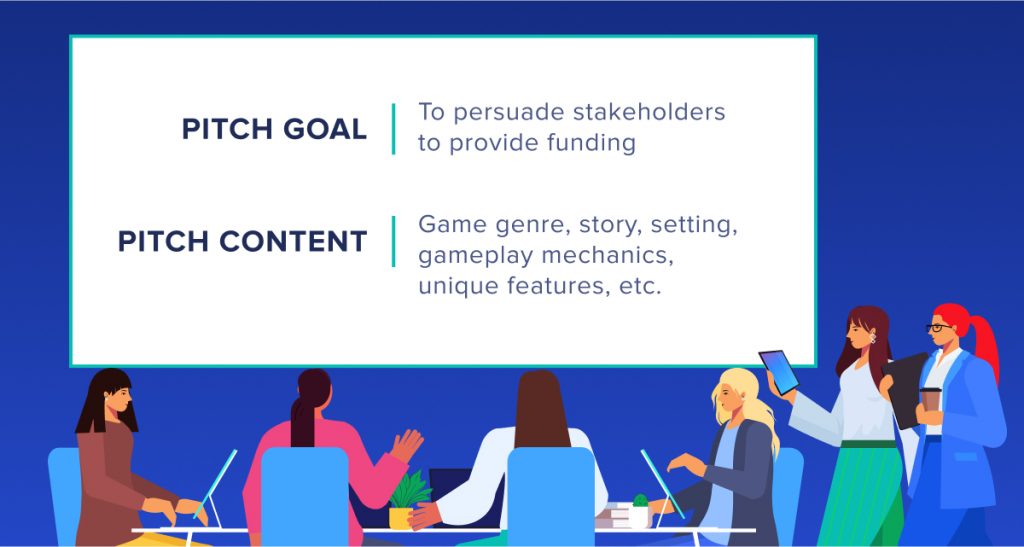
Did you know? Knowing how to make a pitch will help not only when presenting an idea to an abstract investor, but also when launching a project on fundraising platforms. There you present your idea to your immediate audience who will play your game.
Points to Consider When You Pitch a Video Game Idea
No one is in a hurry to invest their money in a mediocre product. If it doesn’t grab attention with an idea, plot, graphics, or mechanics, then investors will simply pass by. The main thing, in this case, is to figure out how to stand out.
You can often find the opinion that it is enough to be passionate and confident in your idea, whatever it may be. But that’s not quite right.
No one will share your passion just because you are excited about your idea. You need to prove to investors that your idea is viable and back up each argument with convincing theses.

The concept of mediocrity plays a very important role. If your idea takes an already-known game as a basis and simply repeats it in a slightly different setting and graphics, no one will buy such an idea. The gaming industry is already constantly suffering from the problem of repetitiveness, even from world-famous franchises, so it definitely doesn’t need new entities of this type.
Of course, you must be confident in your idea and passionate about it to be able to emotionally influence investors. But first of all, you have to do a lot of analytical work and ensure that your idea is well protected from counterarguments like “But this has already happened in games.”
Tips to Keep in Mind for a Successful Pitch
When you think of how to pitch a video game idea to a company, there are a few things to keep in mind that can help increase your chances of success. Here are a few key points to keep in mind.
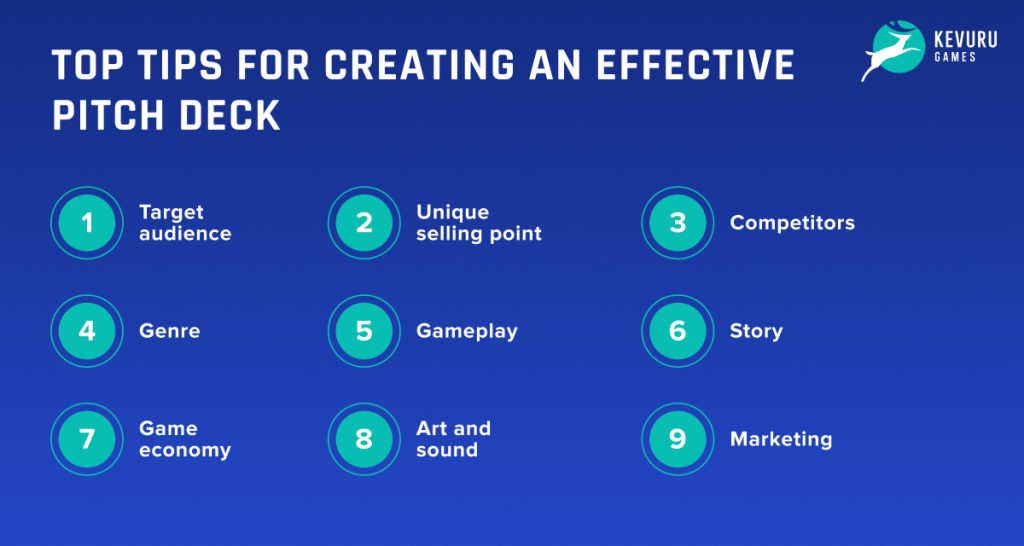
| Target audience | Who is the game intended for? Is it aimed at hardcore gamers, casual gamers, or a specific demographic? You should be able to clearly define your target audience and explain why your game will appeal to them. |
| Unique selling point | This is exactly what we were talking about. What sets your game apart from other games in the same genre? Does it have a unique art style, an innovative gameplay mechanic, or an interesting story? If you have nothing to answer these questions, it is better to immediately take on the reworking of the idea. |
| Competitors | What games have inspired you? What elements did you borrow from other games? What have you improved? Why will your game be different, why will it be better? Don’t shy away from this question, because if done right, it will help you stand out with real examples. |
| Genre | What genre does the game belong to? Is it an action game, an adventure game, a simulation, or something else? It is important here to explain what new things you are going to bring to this genre and why you think that your innovations will contribute to the development of the genre. |
| Gameplay | What is the core gameplay loop of your game? How do players progress through the game and what challenges will they face? It shouldn’t just be a “player explores the world” style description, but an explanation of how key mechanics contribute to the overall experience. |
| Story | What is the storytelling in video game? Is it a linear story or an open-world experience? If the story is linear, why does it have to be that way, and what is the main idea it conveys to the player? With an open world, it is more difficult, because it must be alive and filled, and each of its elements must add meaning to the overall picture. |
| Game economy | How will the game economy design services work? How will it develop? What is its dependence on the chosen difficulty level? Here you can also talk about the methods of monetization if any are planned. |
| Art and sound | What is the game’s visual and audio style? Are there any unique visual or audio elements that contribute to the overall experience? The chosen art style can be traditional or completely innovative, which is quite often practiced by small indie developers. |
| Marketing | How will you market the game? Do you have a plan for building hype and creating buzz around the game? Perhaps you do not plan any large-scale advertising activities, but this may be relevant only for small games. Large projects necessarily require planning all advertising activities in advance, otherwise, the probability of recoupment of the project drops significantly and the investor may pay attention to it. |
Of course, you must say a few words about your company. This shouldn’t take long, as you’re not here to discuss the undoubtedly interesting story of your origins. But with a short snapshot about your company, team, and processes, you show investors that you have the necessary resources to implement the idea and clearly understand how the work should be delivered.
Top Mistakes to Avoid in Video Game Pitching
Talking about mistakes is usually meaningless, because anyway, no one will take them into account until they themselves commit them and realize the consequences. However, we will still try to outline the most common failures for you so that you try to stay away from them as far as possible.
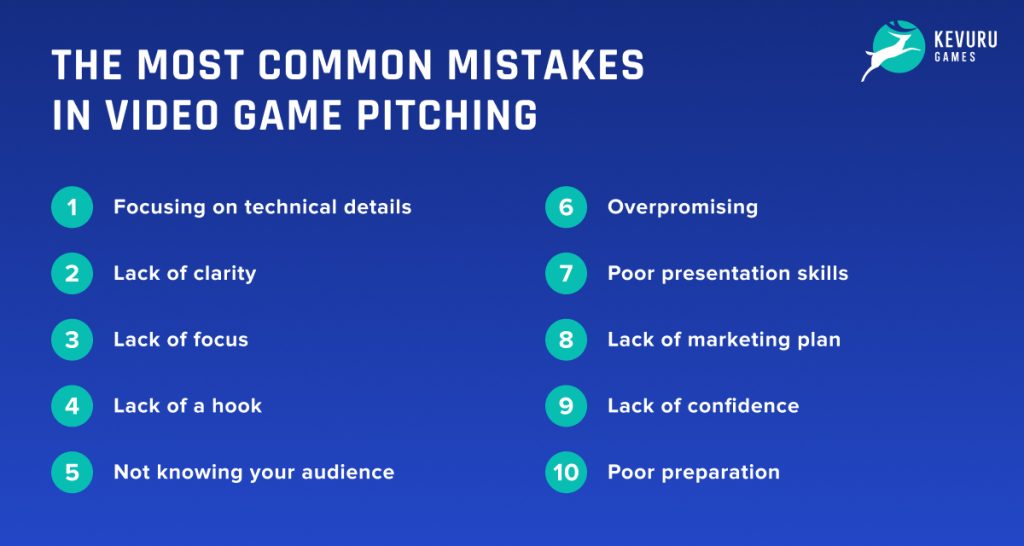
| Focusing on technical details | While it’s important to have a solid technical foundation for your game idea, focusing too much on technical details can make your pitch feel dry and uninteresting. It’s important to balance technical details with engaging storytelling and a clear vision for the game’s experience. |
| Lack of clarity | Your pitch should be clear and easy to understand. Avoid using technical jargon or buzzwords that may confuse or alienate your audience. Make sure that your pitch clearly communicates the unique selling points of your game idea and how they contribute to the overall experience. |
| Lack of focus | One of the most common mistakes is not having a clear focus on what your game is about. It’s important to have a clear idea of your game’s genre, target audience, and unique selling points. |
| Lack of a hook | You need to have a compelling hook that makes your game stand out from the competition. This could be a unique gameplay mechanic, a fascinating story, or an innovative art style. |
| Not knowing your audience | When pitching your game idea, it’s important to understand the interests and priorities of your audience. Tailor your pitch to your audience’s specific needs and interests. For example, investors may be more interested in the game’s potential for profit, while gamers may be more interested in the game’s story and mechanics. |
| Overpromising | Don’t make promises that you can’t keep. Don’t give numbers you’re not sure about. In other words, do not pull the wool over the eyes of investors, they will determine it right away. Be realistic about what your game can achieve, and don’t promise features that you can’t deliver. |
| Poor presentation skills | A good pitch is not just about the content. It’s also about the delivery. Your pitch should be engaging and dynamic. Practice your presentation skills to ensure that you can deliver your pitch with confidence and energy. Use visual aids and demos to help illustrate your ideas and keep your audience engaged. |
| Lack of marketing plan | Your pitch should include a clear marketing plan that outlines how you will promote your game and reach your target audience. Failing to have a clear marketing plan can make it difficult to convince investors. |
| Lack of confidence | Confidence is key when it comes to pitching your game. If you don’t believe in your game, it’s hard to convince others to believe in it. But don’t overdo it. Try to keep your balance within moderate confidence and don’t go overly exalted or even aggressive. |
| Poor preparation | Make sure you’re well-prepared for your pitch. Have all the necessary materials ready, and be ready to answer any questions that come your way. Try to anticipate all the possible questions in advance, be sure to include the most inconvenient ones, and prepare answers to them. |
Of course, you’ll forget about all these tips when you face investors, opening the presentation with trembling hands. However, some can help you prepare better, and following them will significantly increase your chances of success. After your successful meeting with investors, there’s one more thing left. How to pitch your video game idea to developers?
Key Pitching Formats
Speaking of tips and recommendations, we traditionally focused on the classic type of pitching – a personal offline meeting with investors. But in today’s digitalized world, this option is not the only one. Moreover, it is most likely even shifted from the first place. The leaders are remote pitching, as well as pitching at thematic events.
So here they are, the three main pitching formats.
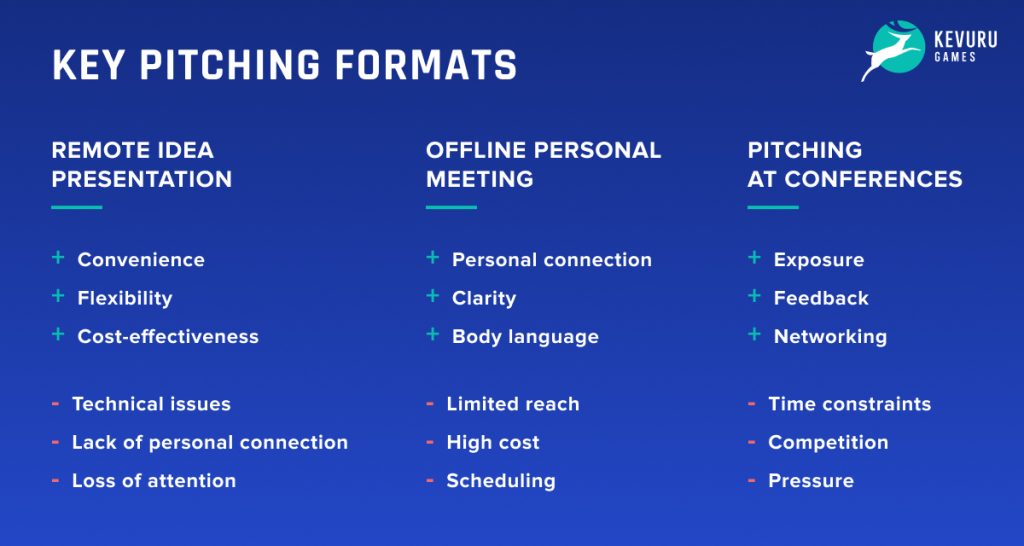
- Remote idea presentation. A remote idea presentation is a pitch that takes place over video conferencing software or other remote communication tools. The advantage of this format is that it allows you to pitch your game to people who are located in different parts of the world. However, it can be challenging to keep people engaged when they’re not physically present.
- Offline personal meeting. An offline personal meeting is a pitch that takes place in person. The advantage of this format is that it allows you to have a more personal interaction with the people you’re pitching to. This can help you build a stronger relationship with them and increase your chances of success. However, it can be challenging to arrange these meetings, especially if the people you’re pitching to are located in different parts of the world.
- Pitching at conferences. Pitching at conferences is a popular format for video game pitches. It allows you to pitch your game to a large audience of industry professionals and potential investors. The advantage of this format is that it can help you get your game in front of a lot of people at once. However, it can be challenging to stand out in a crowded field of pitches, and the pressure of presenting in front of a large audience may seem intimidating.
Objectively, the easiest way to achieve success is in a personal meeting with investors. However, in light of globalization, this option is becoming increasingly rare. Stakeholders may be located in different parts of the world, and the only way out for them is remote communication. Pitching at a conference is an advanced method since it requires maximum self-confidence to speak in front of a large audience among a huge number of competitors with their pitches.
Comparison Table of Key Pitching Formats
| Pros | Cons | |
| Remote idea presentation | ✔️ Convenience. You can pitch your idea from anywhere in the world, without the need to travel. ✔️ Flexibility. You can schedule the presentation at a time that suits both you and the potential investors. ✔️ Cost-effectiveness. You can save money on travel and accommodation expenses. | ❌ Technical issues. Poor internet connection or technical glitches can disrupt the flow of the presentation. ❌ Lack of personal connection. Remote communication is not conducive to establishing closer contact. ❌ Loss of attention. Distractions on both sides can significantly damage the perception of information. |
| Offline personal meeting | ✔️ Personal connection. Meeting face-to-face allows you to build a personal connection with potential investors. ✔️ Clarity. You can answer questions and address concerns immediately, providing clarity to potential investors. ✔️ Body language. You can use body language to convey your enthusiasm and confidence in your idea. | ❌ Limited reach. Meeting in person can be time-consuming and limit the number of investors you can pitch to. ❌ High cost. You may have to pay for travel and accommodation expenses, which can be a significant cost. ❌ Scheduling. Scheduling a meeting can be challenging, especially if potential investors have busy schedules. |
| Pitching at conferences | ✔️ Exposure. The event is a crowded platform to showcase games to a wide audience of industry professionals, journalists, and gamers. ✔️ Feedback. The Q&A session after the pitch allows developers to receive feedback and insights from experienced pros in the industry, which can help refine game concepts. ✔️ Networking. Conferences are an excellent opportunity for developers to meet potential partners, collaborators, and investors. | ❌ Time constraints. Developers have a limited amount of time to pitch their games, which can get in the way of getting the main messages across. ❌ Competition. Events are a competitive environment, with many developers vying for attention from the same audience. It can be difficult to stand out among the crowd. ❌ Pressure. The pressure to deliver a successful pitch can be intense, especially for independent developers. This pressure can lead to nerves and a lack of confidence during the pitch. |
Are You Ready to Pitch Your Idea?
So how are you doing? Have you become more confident about how to sell a video game idea? We hope so. Pitching was and still is quite a creative procedure that requires good communication skills. Therefore, when choosing a person who will be engaged in pitching, also take into account psychological aspects, including such intangible ones as, for example, charisma. It may seem strange, but sometimes it can play, if not the most important, but quite a serious role in the success of the entire presentation.
Good luck with your pitching endeavors!



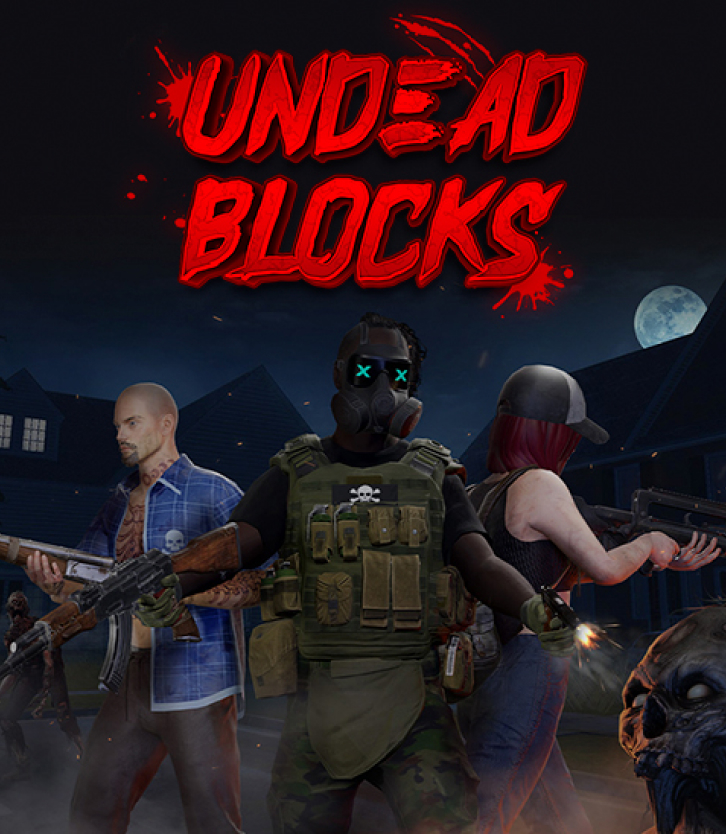
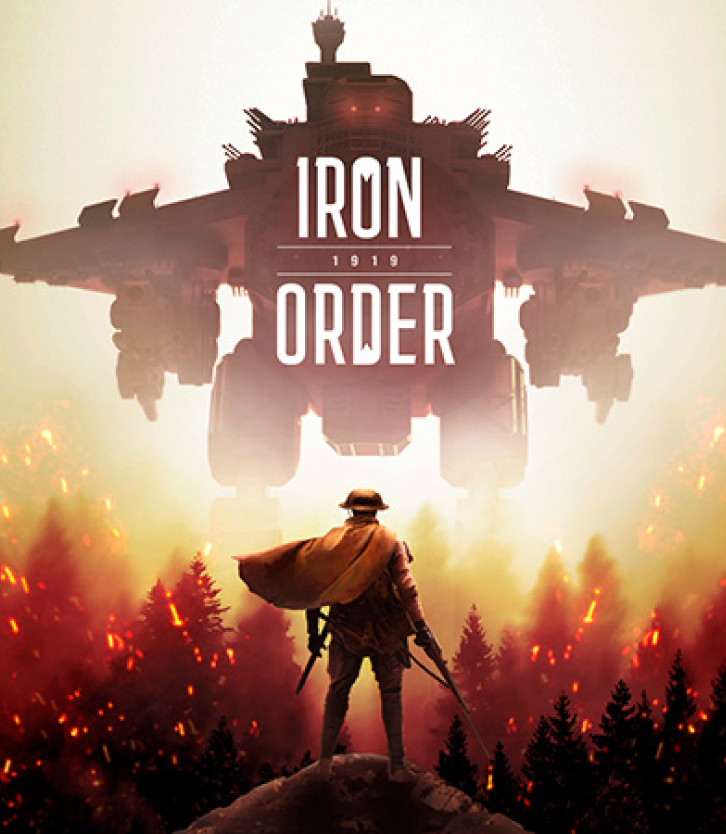


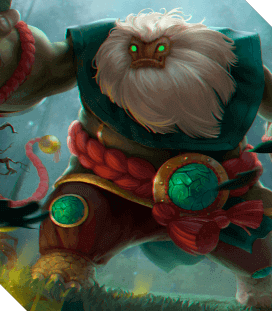


![Indie Game Development: Guide to Revenues, Most Profitable Genres & Monetization [+10 Best Indie Games 2024]](https://kevurugames.com/wp-content/uploads/fly-images/11949/indie-pre-138x138.jpg)